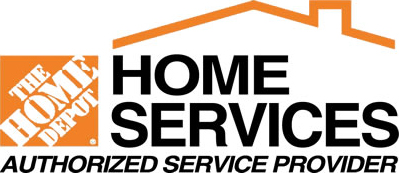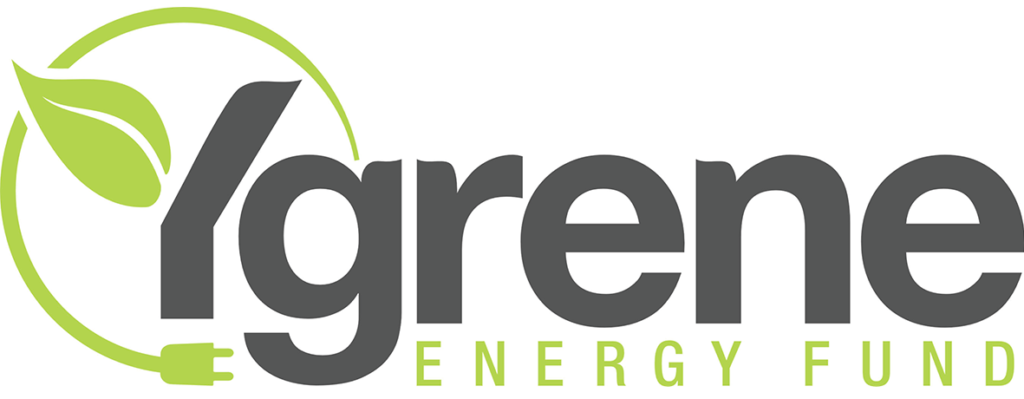Spring Checklist for Maintaining Water Softeners in Miami Homes
Mar 12, 2025Spring Checklist for Maintaining Water Softeners in Miami Homes
Spring is the perfect time to give your home’s essential systems a thorough checkup, and if you live in Miami, your water softener should be on the list. The high mineral content in Miami’s water supply can lead to scale buildup, affecting appliances, plumbing, and overall water quality. Proper maintenance ensures your system functions efficiently, providing your home with clean, soft water year-round.
Here’s a spring checklist to keep your water softener in peak condition.
1. Inspect Salt Levels
Water softeners use salt to remove hard minerals from the water. Over time, salt levels deplete, reducing efficiency. Open the brine tank and check the salt level. If it’s below half full, add more salt. Be sure to use high-quality salt pellets to minimize residue and prevent clogging.
2. Break Up Salt Bridges
The humidity in Miami can cause salt to form hardened layers, known as salt bridges, inside the brine tank. These bridges prevent proper dissolution, leading to ineffective softening. Use a broom handle or similar tool to gently break up the bridge and ensure proper function. If salt mushing occurs (a thick sludge at the bottom of the tank), scoop it out and replace it with fresh salt.
3. Clean the Brine Tank
Over time, sediment and impurities accumulate in the brine tank, reducing efficiency. Empty the tank completely and scrub the interior with warm, soapy water. Rinse thoroughly before refilling with salt. Cleaning the tank once a year prevents blockages and keeps the system running smoothly.
4. Check the Resin Beads
Resin beads inside the softener’s tank are responsible for removing hard minerals. These beads can become coated with iron, chlorine, or sediment, reducing their effectiveness. If you notice reduced softening performance, consider using a resin cleaner to flush out contaminants and restore efficiency.
5. Inspect the Water Softener System for Leaks
Leaks can cause inefficiencies and potential damage to your home’s plumbing. Check all connections, hoses, and seals for signs of wear, corrosion, or dripping water. If you detect a leak, tighten the connections or replace worn-out parts immediately.
6. Test Water Hardness Levels
After performing maintenance, test your water’s hardness to ensure the system is working properly. You can purchase a test kit or have a professional conduct an assessment. If your water still feels hard, the system may require further cleaning or repairs.
7. Set the Timer and Regeneration Cycle
Many water softeners operate on a timer, automatically regenerating based on household water usage. Spring is a great time to review the settings, ensuring they align with your family’s needs. If your water usage has changed, adjust the regeneration frequency accordingly.
8. Schedule a Professional Inspection
Even with regular maintenance, it’s wise to have a professional inspect your water softener annually. They can identify potential issues early, clean internal components, and optimize performance.
By following this spring maintenance checklist, Miami homeowners can ensure their water softener operates efficiently, providing soft, clean water for their households throughout the year.
At Miami Water and Air, we are committed to your comfort and satisfaction. If you’re interested in having a water softener installed at your home, we’re ready to help.
Contact us today for more information about our water softeners.








